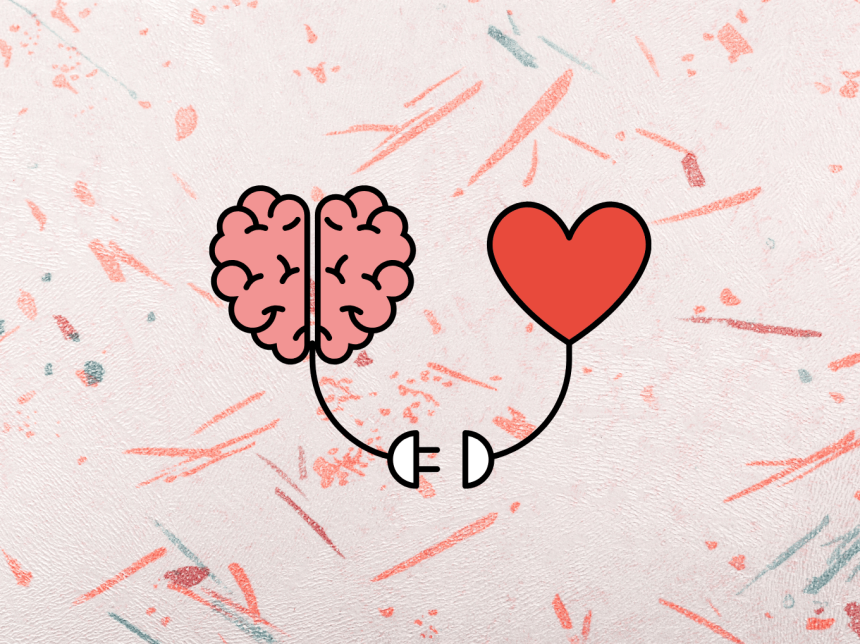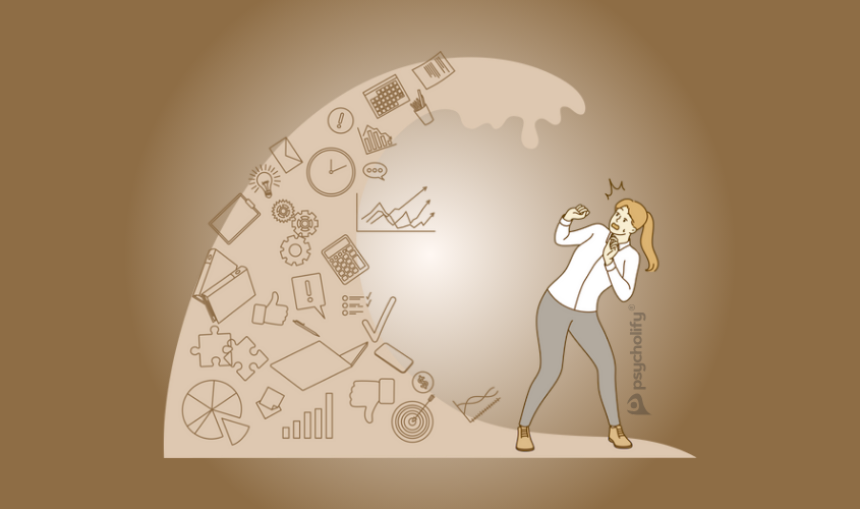
Sensory Perception and Experience: How We Understand the World Through Our Senses
Discover how sensory perception shapes human experience. Explore the five senses, brain processing, and cultural influences on perception.
Living Through the Senses
Every moment of life is filtered through our senses. The way we see a sunset, taste food, or feel the texture of fabric shapes not only our experience but also our understanding of the world. Sensory perception is the gateway between the external environment and the mind.
But perception is more than just raw sensory input. It involves interpretation, memory, culture, and even emotion. In this article, we’ll explore the foundations of sensory perception, how the brain processes sensory information, and why experiences vary across individuals and cultures.
The Five Traditional Senses
1. Vision: The Dominant Sense
Vision provides the majority of sensory information humans rely on. Light enters the eye, is processed by the retina, and converted into electrical signals sent to the brain’s occipital lobe.
- Color perception is shaped by cones sensitive to different wavelengths.
- Depth perception relies on binocular vision and brain integration.
- Motion perception helps us detect changes in the environment.
2. Hearing: The Sound of Experience
Sound waves enter the ear, vibrating the eardrum and inner ear structures. The cochlea converts vibrations into neural signals processed in the auditory cortex.
- Enables communication and language.
- Provides spatial awareness (e.g., hearing a car approaching).
- Music and rhythm deeply influence emotions and memory.
3. Touch: The Sense of Connection
The skin is the body’s largest sensory organ, filled with receptors for pressure, temperature, and pain. Touch provides both practical information (texture, weight, danger) and emotional bonding (comfort through physical contact).
4. Taste: The Flavor of Experience
Taste buds detect five primary flavors: sweet, sour, salty, bitter, and umami. Taste is strongly tied to survival, guiding us toward nutrition and away from harmful substances.
- Cultural habits influence taste preferences.
- Taste combines with smell to form flavor perception.
5. Smell: The Invisible Sense
Olfaction involves detecting airborne chemicals through receptors in the nasal cavity. Smell has a direct link to the brain’s limbic system, which regulates memory and emotion.
- Scents can trigger vivid autobiographical memories.
- Smell influences attraction, appetite, and even danger detection (e.g., smoke).
Beyond the Five Senses
Modern science recognizes additional senses:
- Proprioception: awareness of body position.
- Vestibular sense: balance and orientation in space.
- Interoception: perception of internal body signals (hunger, heartbeat).
These senses are essential for movement, coordination, and survival.
From Sensation to PerceptionSensation: Raw Data
Sensation is the detection of stimuli (light, sound, pressure) by receptors.
Perception: Interpretation
Perception is the brain’s active process of organizing and interpreting sensory input. It involves:
- Attention: selecting which stimuli to focus on.
- Pattern recognition: identifying familiar forms.
- Top-down processing: using past knowledge to interpret input.
Example: Seeing clouds shaped like animals involves top-down processing.
The Role of Experience in Perception
No two people perceive the world in exactly the same way. Experience shapes perception in profound ways:
- Cultural influence: Different cultures emphasize different sensory cues (e.g., taste preferences, color meanings).
- Individual experience: Musicians often develop heightened auditory discrimination.
- Expectations and context: A sound may be perceived as threatening in one situation and harmless in another.
Perceptual Illusions: When Senses Deceive Us
Illusions demonstrate that perception is not a perfect mirror of reality. The brain sometimes misinterprets sensory data, leading to fascinating distortions:
- Optical illusions: lines appear longer or colors seem different.
- Auditory illusions: sounds appear continuous when interrupted.
- Tactile illusions: phantom limb sensations in amputees.
Illusions reveal that perception is an active construction, not passive reception.
Neuroscience of Sensory Perception
Advances in brain imaging show how sensory input travels through neural pathways:
- Visual cortex for vision.
- Auditory cortex for hearing.
- Somatosensory cortex for touch.
These regions don’t work in isolation—the brain integrates multiple senses to create a unified experience. For example, watching a film combines visual and auditory processing.
The Emotional Dimension of Sensory Experience
Sensory input is closely tied to emotion:
- Music can evoke joy or sadness.
- Scents trigger nostalgia or comfort.
- Touch promotes bonding through oxytocin release.
Thus, perception is not just cognitive but deeply emotional.
Disorders of Sensory Perception
When sensory systems malfunction, experience is dramatically altered:
- Blindness and deafness: loss of primary senses.
- Synesthesia: blending of senses (seeing colors when hearing sounds).
- Hallucinations: perception without external stimuli (common in some mental disorders).
These conditions reveal how fragile and complex sensory systems are.
The Meaning of Perception
Sensory perception is the foundation of human experience. Through sight, hearing, touch, taste, smell, and beyond, we construct a reality that is both biological and cultural.
Understanding how perception works helps us appreciate differences in human experience, diagnose sensory disorders, and even design better technologies—from virtual reality to assistive devices.
Ultimately, our senses do not just record the world—they shape how we feel, think, and live within it.




